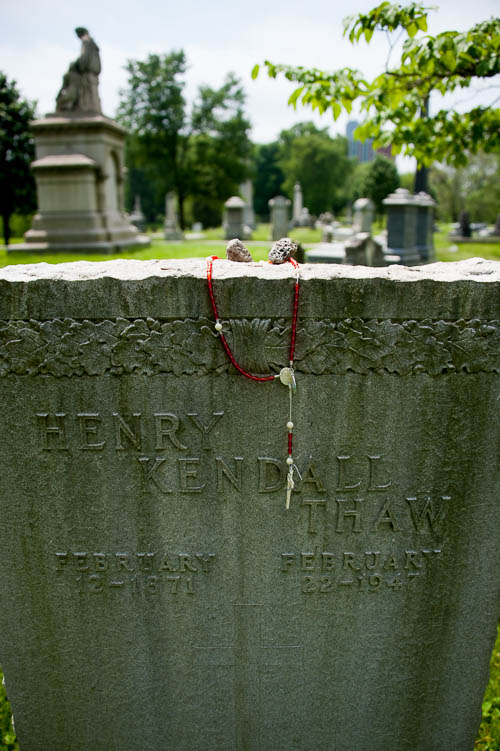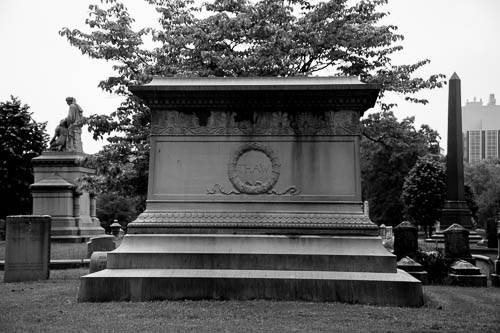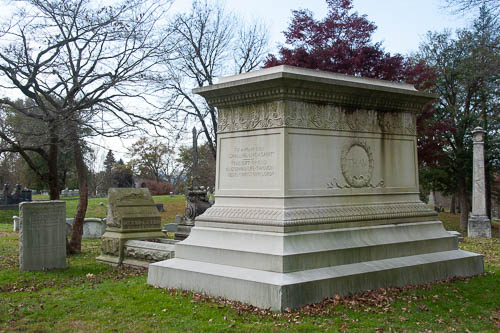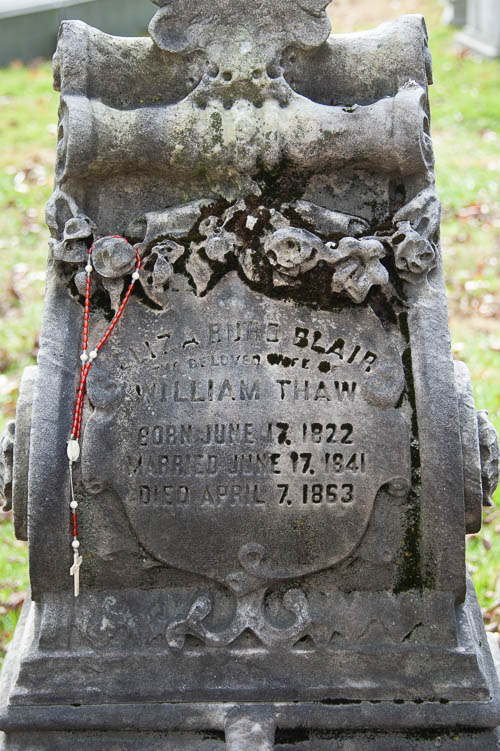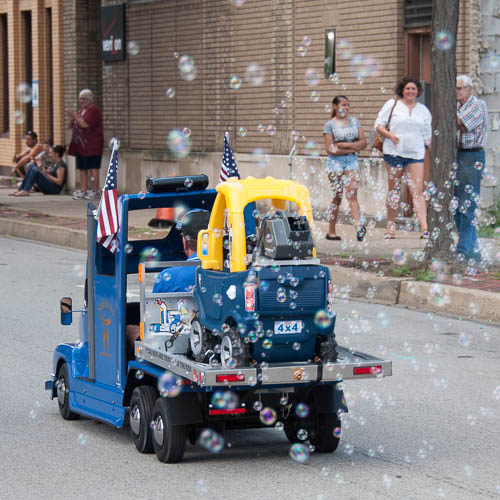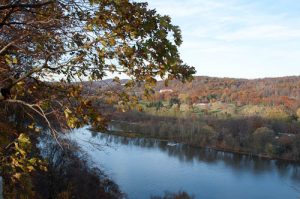
After the Johnstown Flood of May 31, 1889 killed at least 2,209 people, tourists took picnic lunches to Johnstown so that they could sight-see the damage.
People who lived along the Allegheny River (including the people of Parnassus) didn’t have to make this trip, though. The Johnstown Flood came to them.
You see, the South Fork dam upstream from Johnstown failed. The deluge wiped out several communities including downtown Johnstown and its surrounding neighborhoods. The debris washed downstream on the Conemaugh River.
Now, if you look at a map, you will see that we residents of Parnassus actually live downstream from Johnstown. Here’s why:
1.) The Little Conemaugh and Stoneycreek Rivers merge in downtown Johnstown (at Johnstown’s own “Point”) to form the Conemaugh River.
2.) The Conemaugh flows into the Kiski at Saltsburg.
3.) The Kiski flows into the Allegheny.
4.)About ten miles later the Allegheny flows past Parnassus (the city of New Kensington wasn’t founded until 1891), then past numerous other river towns such as Verona.
5.) Eventually the Allegheny meets the Monongahela at Pittsburgh to form the Ohio.
Here’s a passage from Chapter IX of Pulitzer Prize-winning (and Pittsburgh native) David McCullough’s “The Johnstown Flood,” about the aftermath of the flood:
The Allegheny River, with its endless freight of wreckage, also continued to be an immense fascination. Children were brought from miles away to watch the tawny water slip past the shores, so that one day they might be able to say they had seen something of the Johnstown Flood. The most disreputable-looking souvenirs, an old shoe, the side of a packing box with the lettering on it still visible, were fished out, dripping and slimy, to be carried proudly home.
There were accounts of the most unexpected finds, including live animals. But the best of them was the story of a blonde baby found at Verona, a tiny river town about ten miles up the Allegheny from Pittsburgh. According to the Pittsburgh Press, the baby was found floating along in its cradle, having traveled almost eighty miles from Johnstown without suffering even a bruise. Also, oddly enough, the baby was found by a John Fletcher who happened to own and operate a combination wax museum, candy stand, and gift shop at Verona.
Fletcher announced his amazing discovery and the fact that the baby had a small birthmark near its neck. Then he hired a pretty nineteen-year-old, dressed her in a gleaming white nurse’s uniform, and put her and the baby in the front window of his establishment. Within a few days several thousand people had trooped by to look at the Johnstown baby and, it is to be assumed, to make a few small purchases from the smiling Mr. Fletcher. Then, apparently, quite unexpectedly, the baby was no longer available for viewing. The mother, according to Fletcher, had lived through the flood and, having heard the story back in Johnstown, rushed to Verona, identified the birthmark, and went home with her baby.
So if this story is true, in the aftermath of the Johnstown Flood somebody fished a live baby out of the Allegheny River at Verona. (Verona is downstream from Parnassus and upstream from Pittsburgh.)
So, voyeurs may have stood on the ruins of Fort Crawford in Parnassus or on the adjoining grounds of the Presbyterian Church as the debris of demolished towns and demolished lives discharged past them. Perhaps a looky-loo climbed down the river bank here to fish a souvenir out of the Allegheny. Perhaps bodies washed ashore here.
I worked in downtown Johnstown for several years. Buildings there include plaques showing 1889’s high water mark and the downtown park features makers honoring the victims from Johnstown’s three deadliest floods (in 1889, 1936, and 1977). I often drove under the stone bridge that trapped many of the 1889 flood’s victims.
How sobering that the ruins of Johnstown coursed down the Allegheny, past all of these river towns on the way to Pittsburgh, in 1889.
